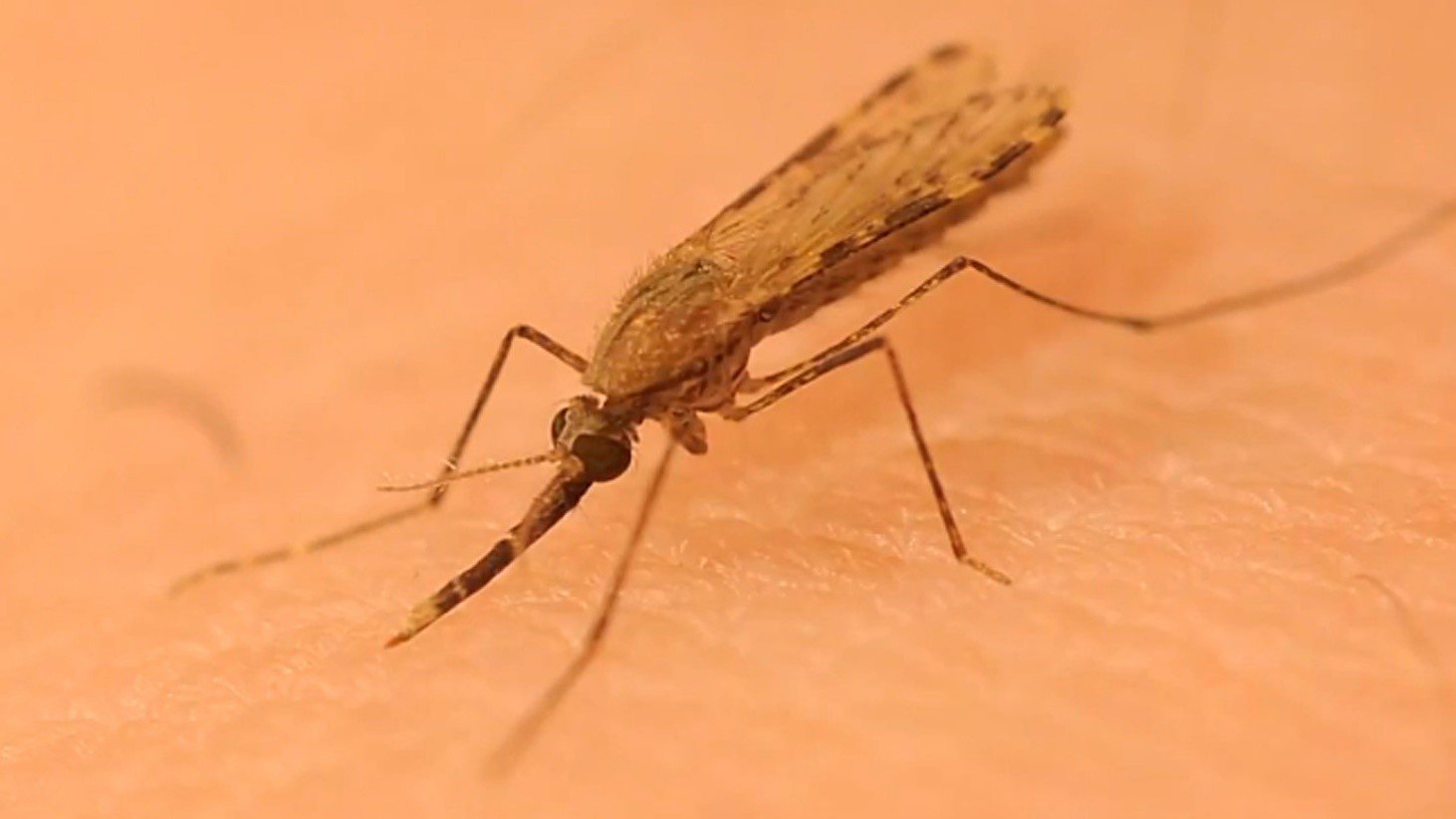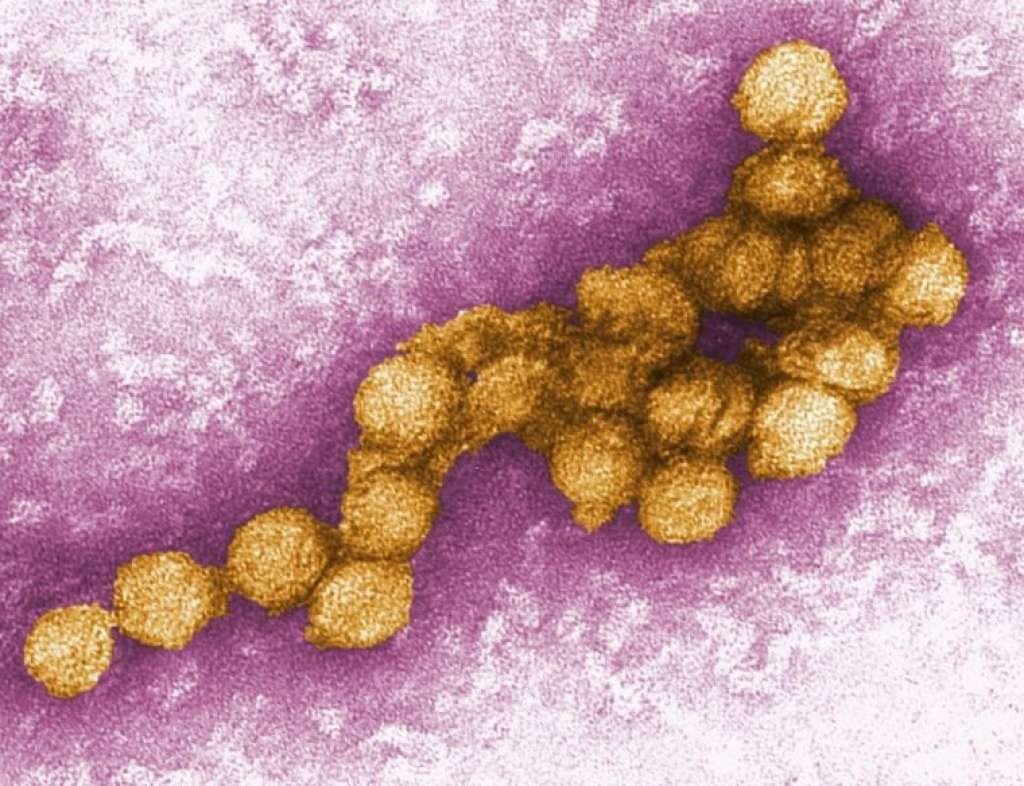Scientists

A team of researchers from The Center for Genome Architecture (TC4GA) plan to use IBM technology to study the genome of a mosquito that transports an agent Fevers of the Western Nile. According to experts, this step will help scientists more effectively fight the disease. Perhaps reading the genome will provide an understanding of the carrier DNA vulnerabilities that the virus uses to spread.
The high-performance VOLTRON system, based on the IBM Power Systems platform, provides researchers with a range of capabilities and tools to work effectively on this issue. Now many universities and research organizations use supercomputers, cloud services and other modern technologies that give scientists unique opportunities. As for VOLTRON, after decoding the mosquito genome, scientists plan to build a visual model of the DNA of this insect.
By the way, since the implementation of the Human Genome Project, the process of decoding the genome has become much less expensive. If the cost of this project was $ 4 billion, then now a similar task can be performed for only $ 10,000. Besides the usual data, scientists also have at their disposal a visual model of decryptable DNA, which helps in some cases to study some features of the “owner” of this genome.
According to experts participating in the project, they will use a new technique that can dramatically change the approach to deciphering the DNA of living beings. So far, details have not been disclosed, but scientists say that this procedure can be carried out much faster and at lower cost than before. It is clear that you can work not only with the DNA of mosquitoes, but also with any other living things. But so far the main task is to fight the causative agent of the West Nile fever, which harms the health of many people in various regions of the globe.

“The method of 3D assembly of the genome and IBM technology is a powerful combination: in the first case, extremely high performance of the computer system is required, in the second case it is provided,” says Eres Lieberman Aiden, the head of the organization that deals with the “mosquito problem”.
It is interesting that the West Nile fever itself is not a fully studied disease. Previously, it was prevalent, mainly in tropical and subtropical regions. But after the beginning of mass tourism the disease spread all over the globe. She is exposed, in the first place, to birds, but fever and many mammals, including humans, suffer from fever.
The causative agent of fever was first discovered in the blood of a sick woman in 1937, in Uganda. Now the virus is most often found in the Mediterranean countries, including Israel and Egypt, and it also causes a significant damage to the health of residents of India and Indonesia. In addition, patients with fever in the US and Russia have already been found. Moreover, in the south of Russia the virus is most viable. In 1999, the first cases of the disease were seen in the Volgograd and Astrakhan regions, as well as in the Krasnodar Territory. According to modern data provided by US scientists, about 80% of cases of infection are asymptomatic. Danger of fever as a sharp course of the disease with a rise in temperature, and serious consequences – for example, a syndrome of serous meningitis (about 50% of cases).
The vaccine against West Nile fever has not been developed yet.








